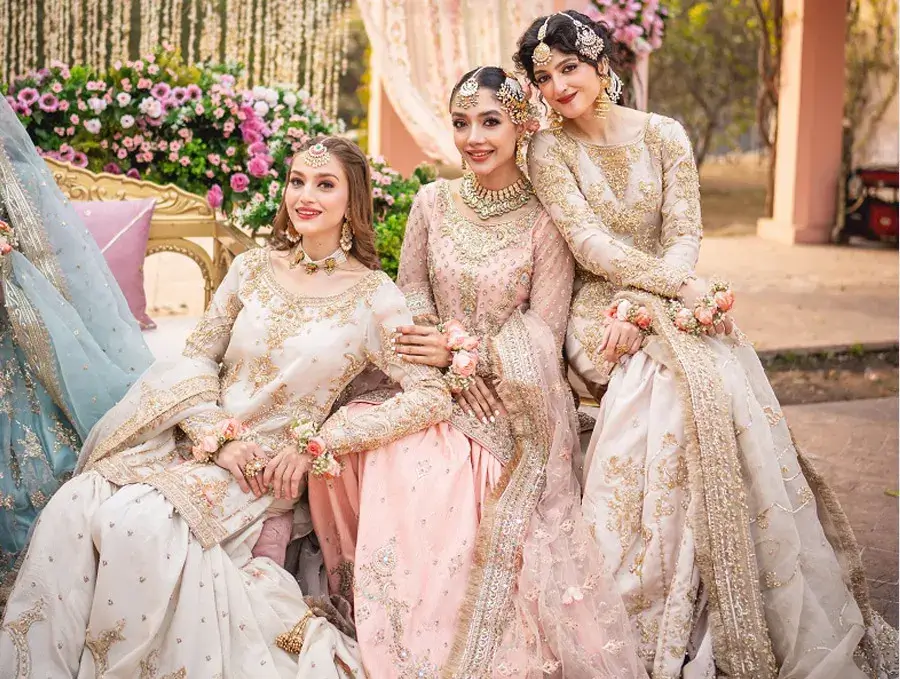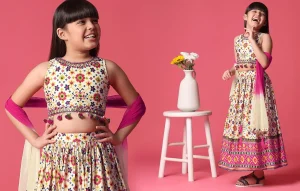In an era dominated by fast fashion and mass production, traditional clothing stands out as a symbol of authenticity, identity, and craftsmanship. From the flowing robes of the Middle East to the bold beadwork of the Maasai, traditional attire connects people to their ancestry and tells stories that span centuries. But what makes traditional clothing so enduring in a modern world?
Rooted in Identity
Traditional clothing is a visual representation of who we are and where we come from. Each region, tribe, or community has unique garments that express:
- Geographic influences: Materials and styles are often influenced by climate and local resources.
- Cultural values: Modesty, gender roles, and social hierarchy are often reflected in dress.
- Religious beliefs: Many traditional outfits carry spiritual significance or are worn for sacred rituals.
Whether it’s the hanbok in Korea or the kaftan in Morocco, these garments serve as powerful markers of identity and continuity.
Preserving Craftsmanship and Heritage
Traditional clothing is often handmade, using skills passed down through generations. These garments are crafted with techniques such as:
- Weaving – seen in Guatemalan huipils or Andean textiles
- Embroidery – detailed in Eastern European and Central Asian attire
- Natural dyeing – as used in Japanese indigo or Nigerian adire fabric
In a world where machine-made clothes dominate, traditional garments preserve ancient art forms and support local artisans.
A Symbol in Celebrations and Ceremonies
Traditional attire often plays a central role in life’s major events. Think of:
- A Nigerian bride in a richly adorned gele and iro
- A Norwegian in bunad for Constitution Day
- A Vietnamese woman wearing an áo dài for Tết (Lunar New Year)
These garments carry emotional and symbolic weight, reinforcing tradition during milestones and communal gatherings.
Evolving Yet Enduring
While traditional clothing remains rooted in the past, it is also evolving. Contemporary designers and youth movements are breathing new life into heritage fashion:
- Modern silhouettes with traditional patterns
- Sustainable fashion using indigenous materials
- Streetwear inspired by ancestral dress
This blending allows younger generations to honor their culture while expressing individuality in today’s fashion landscape.
Why It Still Matters
Traditional clothing offers more than visual appeal—it is:
- A form of resistance: In places where cultures have been suppressed, traditional clothing becomes a tool of pride and defiance.
- A link to ancestors: Wearing what your grandparents wore fosters intergenerational connection.
- A lesson in sustainability: Many traditional garments are made to last, with a deep respect for materials and process.
Conclusion
In a world of constant change, traditional clothing provides something stable, meaningful, and deeply human. Whether worn daily or reserved for special moments, it connects the past with the present, reminding us of who we are—and where we come from.


